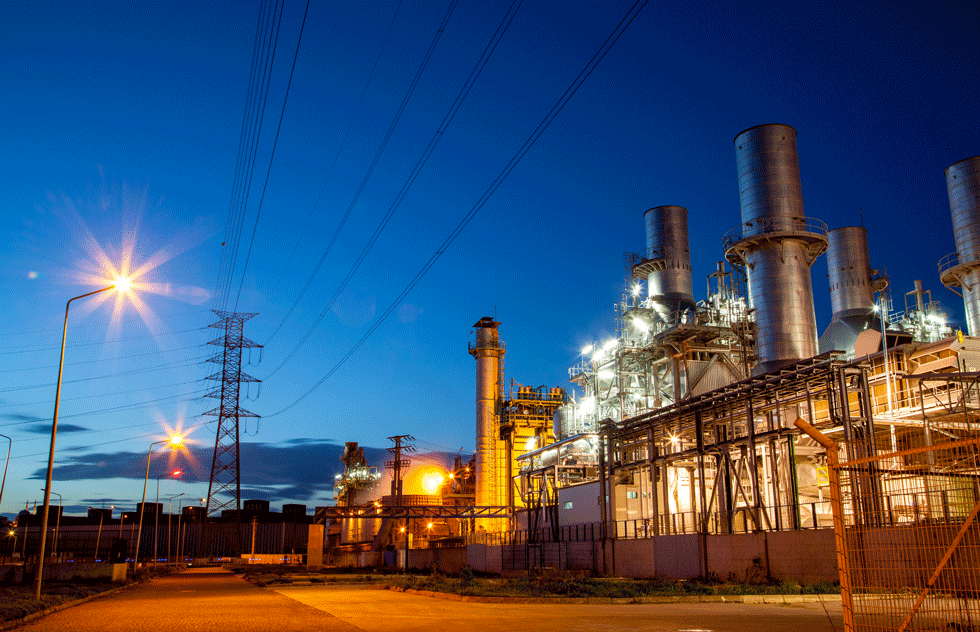

Technologies such as big data, artificial intelligence (AI) and augmented reality could enable the construction and operation of a fully autonomous power plant within five years’ time, according to Tim Holt, president, Siemens Power Generation Services Division.
“Five years might be quite a stretch, but we’ve already starting implementing that project,” Holt told a recent summit focused on the China-led One Belt One Road (OBOR) initiative in Beijing.
He cited that there are now applications that enable power plants to be controlled and maintained “anywhere in the world”.
“There are now applications that run power plants using a central control room … where all the data is held in that central location and people no longer have to sit in a power plant,” Holt said. “Engineers and experts can sit in different locations, and use analytics to monitor and predict outages … eliminating the need to send specialists around the world, which is becoming increasingly harder [to manage].”
Siemens is positioning itself as a key technology partner in the belt and road initiative, which counts nearly 90 countries from Asia to Europe as 'members'.
Projects envisaged under the OBOR initiative include thousands of kilometres of railway networks connecting countries; dozens of ports; and intercontinental power generation and transmission networks as well as telecoms and information technology infrastructure.
Holt characterises most of the countries along the belt and road route as having the potential to leapfrog traditional technologies, whether in telecoms or power generation and transmission. He cited that they can benefit from new technologies that were previously unavailable.
“We need to keep power plants running for up to 40 years, maybe even for 100 years," Holt said. "That means a single plant will see a lot of changes in hardware and software in its entire life cycle.”
Siemens considers at least three projects in the Middle East to be part of its belt and road portfolio so far. They include the second container terminal at Abu Dhabi’s Khalifa Port; the treated water transfer project owned by Saudi Arabia’s Agriculture Ministry; and the Attarat oil shale power plant project in Jordan.
These projects utilise Siemens technologies, from cranes to steam turbines, and are being implemented by Chinese engineering, procurement and construction (EPC) contractors.
| This article has been unlocked to allow non-subscribers to sample MEED’s content for FREE. MEED provides exclusive news, data and analysis about the Middle East every day. Subscribe to MEED to have full access to Middle East business intelligence. Click here |
You might also like...

UAE rides high on non-oil boom
26 April 2024

Qiddiya evaluates multipurpose stadium bids
26 April 2024

Al Ula seeks equestrian village interest
26 April 2024

Morocco seeks firms for 400MW wind schemes
26 April 2024
A MEED Subscription...
Subscribe or upgrade your current MEED.com package to support your strategic planning with the MENA region’s best source of business information. Proceed to our online shop below to find out more about the features in each package.





